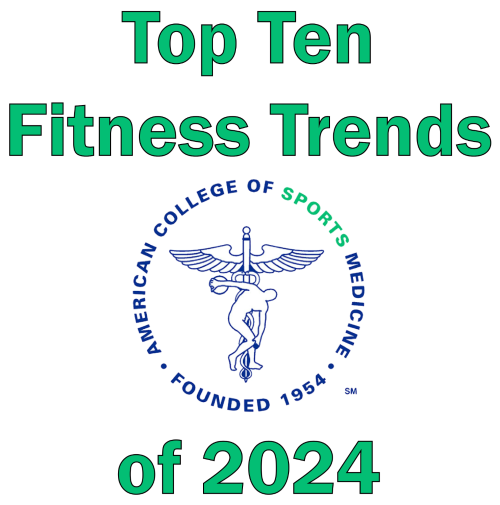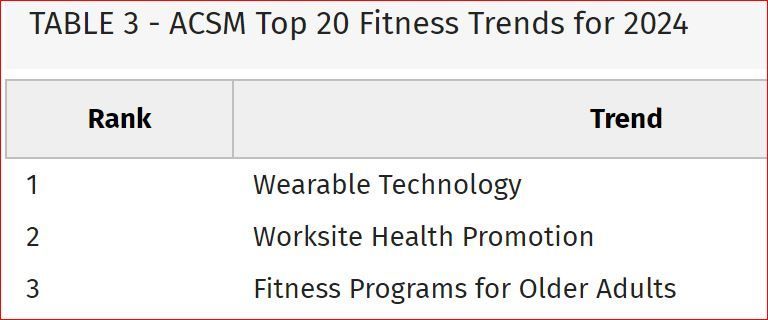
As the largest sports medicine and exercise science organization in the world with over 50,000 international members and certified fitness practitioners, the American College of Sports Medicine is dedicated to advancing exercise science research for educational and practical applications. Since 2006 the ACSM Worldwide Fitness Trends survey has been gathering input from thousands of its members and certified professionals in the fitness industry to determine health and fitness trends, as opposed to “fads”, in the industry. Each January the survey publishes the top ten fitness trends for the year ahead and it is a valuable tool for fitness professionals and business owners. As both it is my duty to keep informed of emerging and changing trends in the industry and also of what the competition in the local market is offering. There is no shortage of gimmicks, fads and questionable exercise practices out there with little or no basis in exercise science.
It’s no surprise given the impact that technolgy has on our lives that wearable technology holds the number one spot for 2024. This includes smart watches, heart rate monitors and exercise tracking devices. No.2 is Worksite Health Promotion. There is evidence that promoting health in the workplace can improve employee wellness and productivity. No.3 is Fitness Programmes for Older Adults. Regular aerobic and strengthening exercise is essential for reducing the impact of disease, maintaining independence, and improving quality of life throughout the aging process.
According to the report “exercise for improved health” is steering the direction of the fitness industry in 2024 across the globe. For “older adults” increasing fitness through regular exercise can protect against chronic disease, improve cognitive and physical function and increase capacity for independent living. According to Dr. A’Naja Newsome, co-author and spokesperson of the report “We are noticing that exercise professionals are prioritizing health-related outcomes of fitness programs. . . . and we are starting to see fitness being used to reduce symptoms of mental illness and to increase health related quality of life”.
But people love gadgets and while many of these wearable devices can provide useful information related to your health such as heart rate, activity levels and sleep, on their own they are not going to improve your health or your fitness. After all the wearable technology business is a consumer-driven industry with a global value of 120 billion dollars in 2023!
Trending in Ireland
Over the past few years gymgoers in Ireland, or anywhere else for that matter, will have become familiar with a trio of strangely named exercise machines called “ergs”. But what is an erg? An ergometer (erg for short) is a device that measures “the work” that goes into your workout. This isn’t a wearable device – you use it only when it matters most – when you are exercising! The ergometer tracks heart rate and caloric expenditure and much more but what sets the erg apart from other exercise machines in the gym is its ability to accurately measure work output with a finely calibrated performance monitor. However this is a feature of the erg that appears to be lost on many gymgoers and gym operators.
It might be time for the ACSM to create a separate category in recognition of the growing trend of “ergometer training” in gyms around the world. Erg training has been my primary exercise and sport for the past sixteen years. The Concept2 ergometers are unbeatable tools for improving your fitness because used properly they closely replicate the endurance activities of rowing, cycling and cross-skiing in an indoor environment. Plus they provide you with accurate feedback on your work output and on your cardiovascular fitness status. That is the essential point of erg training.
There is even a group exercise franchise currently in operation in Ireland based exclusively on use of these three machines. But there appears to be a lot of misunderstanding about erg training.

Heart Rate Based Exercise
I recently took classes at some of these studios. At the start I was asked my age and given a wearable device – a heart rate strap to attach to my arm. During each class I was instructed to observe my heart rate displayed on a large screen but at no point was I directed to observe any of the data on the ergometer’s performance monitor other than stroke rate. As I constantly point out in my rowing classes stroke rate is NOT a measure of your effort or pace or exercise intensity. It is simply your cadence or tempo. But these erg classes were all about heart rate (HR) and stroke rate (SR) and the colourful zones up on the screen. And the room was heated to a sweaty 25 degrees!
Heart rate training zones are a popular method of controlling for exercise intensity during endurance exercise but they are only valid if they are based on knowledge of a person’s actual maximum heart rate. This is fundamental to HR based training, otherwise the numbers and zones are meaningless. While it can be interesting to observe your heart rate when exercising it is important to understand that heart rate is not a true measure of your effort. HR is a measure of your cardiovascular system’s response to effort and it is highly impacted by many factors such as medications, caffeine and temperature! Your heart rate will always be higher when exercising in the heat compared with a cooler environment.
The aim of target heart rate training is not to always get into “the red zone” but to train each zone separately. Over time the goal is to see a lower heart rate for the same workload. But what if you don’t know your workload? Renowned US exercise physiologist Dr. Fritz Hagerman said he had learned from more than three decades of studying rowers that the whole idea of a formula (220-age) to estimate a person’s maximum heart rate is ludicrous. Even sillier, he said, is the common notion that the heart rate is an indication of fitness. After all it isn’t the individual with the highest heart rate who wins the rowing race or the bike race, the one with the highest power output does! Fitness is performance. The most effective, accurate and meaningful way to monitor exercise intensity is by measuring power output.
Power in watts or speed, which are both measured by the ergometer are the most direct measures of your work load and your fitness performance. If you want to keep track of real improvements in your fitness and keep your efforts honest then you should be focusing on the watts or splits displayed on the ergometer’s performance monitor. But if you exercise just to “work up a sweat” and burn some calories then all of the above is irrelevant. Speaking of which . . .
There was a noticeable discrepancy between the caloric burn displayed on the heart rate screen in class compared to the erg’s performance monitor, as much as 50 percent for some intervals! So which one is correct? And does it matter? The caloric expenditure on the erg’s performance monitor is tied to your power output. I can only assume that the calories displayed on the screen is tied to heart rate. It just goes to show the futility of counting calories when exercising!
When using HR training zones they should be based on an accurate measure of your maximum heart rate and they should be used in conjunction with watts for a more meaningful record of your training progress. Stroke rate is not tied to your heart rate but power output is.
Just as the ACSM Worldwide Trends survey seeks to distinguish between trends and fads in the fitness business each year, before you “buy in” to an exercise programme, even one that’s predicated on a wearable technology, understand the limitations of such devices. For example, how does your device determine your max HR? And what do the heart rate zones mean to YOU? Most importantly does the programme make sense to you? Don’t let your heart rule your head!
Ask yourself (and the operator) how the programme will deliver the results YOU want? And how does it measure your progress? A fitness programme should be able to show you in a clearly understandable and meaningful way how you are progressing from week to week and month to month. Don’t just do more in ’24 . . . exercise MORE sensibly.

